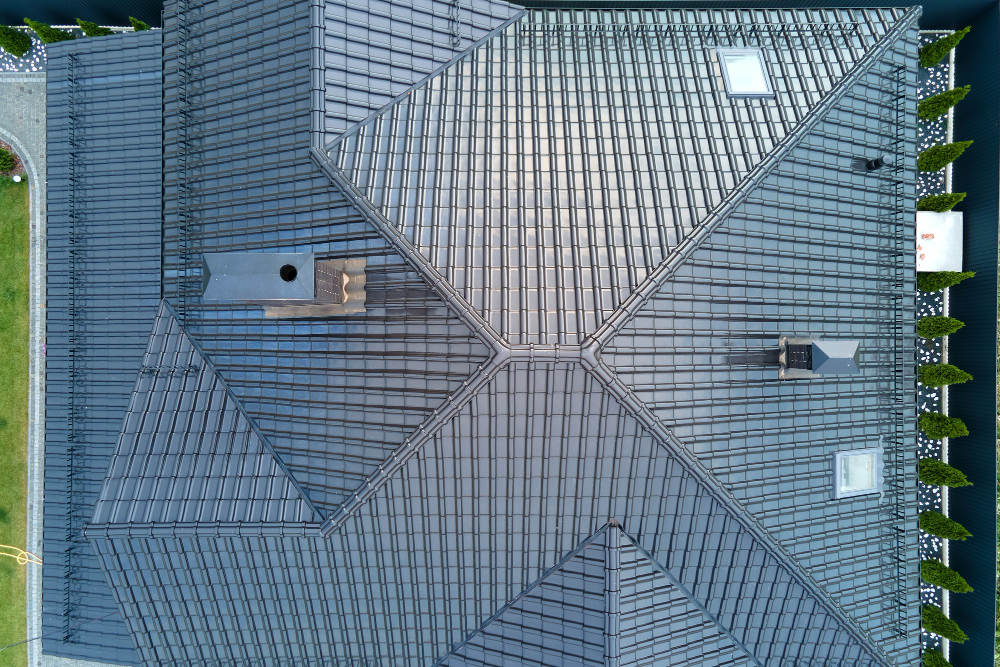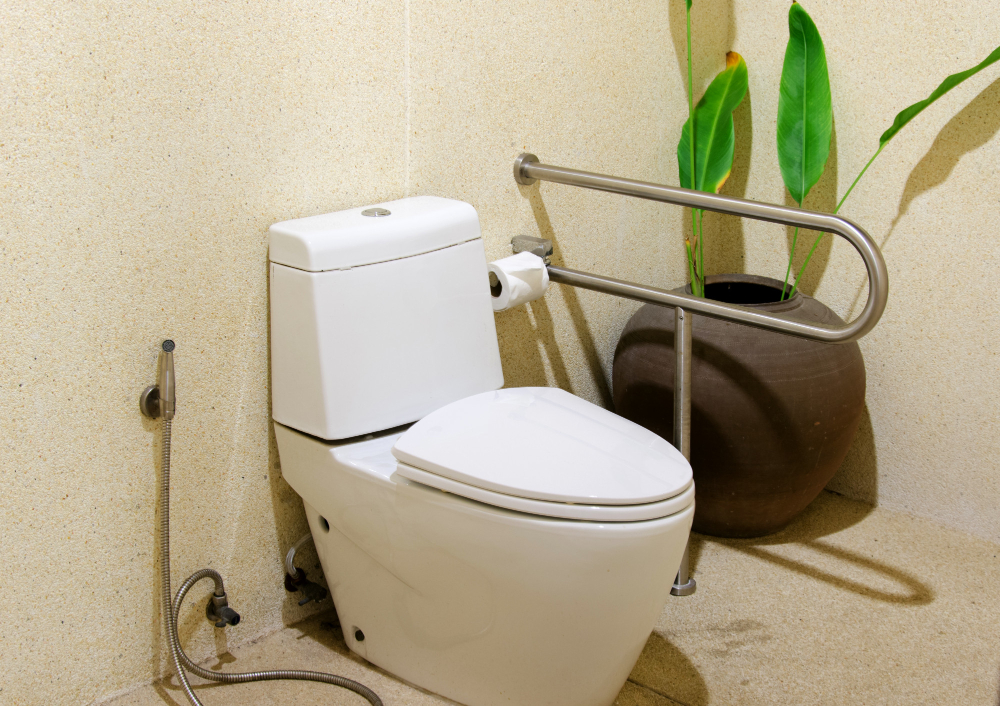Last updated on
As we become increasingly conscious of the environmental impact of our daily choices, many of us are seeking out eco-friendly ways to enhance our living spaces. From energy-efficient appliances to sustainable building materials, there’s an array of options that can help reduce our carbon footprint while also creating healthier, more comfortable homes.
In this guide, we’ll explore a variety of eco-friendly improvements you can make to your house, providing a practical approach to green living.
Roof Enhancements

One of the biggest sources of energy loss in a home is through the roof, as heat rises and easily escapes through poorly insulated or outdated materials. By investing in eco-friendly roofing options such as metal or solar panels, you can reduce your energy consumption and lower your utility bills.
These types of roofs also have longer lifespans, reducing waste from frequent replacements. If high winds damaged your roof, make sure to call a roofing company that uses sustainable materials and techniques for repairs. Plus, many local and federal energy programs offer tax incentives for installing eco-friendly roofs.
In addition to roofing materials, you can also improve the energy efficiency of your home through proper insulation. Adding insulation to your attic or walls helps keep heat in during the winter and out during the summer, reducing your reliance on heating and cooling systems.
Green Insulation: Saving Energy and Reducing Waste
Insulation is a critical element in home energy conservation. Traditional insulation materials can contain harmful chemicals, but eco-friendly alternatives offer a safer, more sustainable choice. Materials such as sheep’s wool, recycled cotton, or cellulose are not only renewable but also biodegradable.
By choosing green insulation, you’re not only reducing your home’s energy consumption but also supporting sustainable industry practices. You can save on your heating and cooling bills while ensuring that your home remains comfortable throughout the year.
It’s worth noting that green insulation materials are typically safer to install and handle. Unlike traditional fiberglass insulation, eco-friendly options don’t expose installers or homeowners to harmful chemicals or irritants.
Also, proper insulation helps reduce noise pollution from outside and between rooms within your home. When considering eco-friendly insulation options, be sure to research the R-value (a measure of thermal resistance) to ensure that you’re selecting materials that will provide adequate protection for your climate.
Water Conservation: Implementing Sustainable Practices

Incorporating water-saving features into your home is another way to make it more eco-friendly. Low-flow showerheads, dual-flush toilets, and rainwater collection systems can all contribute to significant water savings.
To further enhance water efficiency in your bathroom, consider installing a Saniplus toilet. Saniplus toilets are known for their efficient macerating technology, which allows them to handle waste in an eco-friendly manner. These toilets are designed to save water while ensuring proper waste disposal.
Not only does this help conserve a precious resource, but it can also reduce your water bills. Rainwater collection systems, for instance, can be used to irrigate your garden or lawn, reducing your reliance on treated tap water.
Moreover, appliances that are designed to use water more efficiently, such as Energy Star-rated washing machines and dishwashers, can also make a big difference in your water consumption. Remember, every small step towards water conservation counts.
From fixing leaky faucets to opting for drought-resistant plants in your garden, there are countless ways to reduce your water usage. This will not only benefit the environment but also save you money in the long run.
Energy-efficient Appliances: Reducing Consumption and Costs
Switching to energy-efficient appliances can make a substantial difference in your home’s energy consumption and carbon footprint. Modern appliances have made significant strides in energy efficiency, meaning they require less electricity to operate, which can result in significant savings on your utility bills.
Consider replacing older appliances with those that have been Energy Star-certified. These products have been tested and certified to use energy more efficiently without sacrificing functionality or convenience.
Remember that energy-efficient appliances not only cost less to operate, but they also tend to last longer. This means you’ll be saving on replacement costs in the long run, making energy-efficient appliances an investment that can pay off in multiple ways.
Also, don’t forget to unplug appliances when they’re not in use. Many devices continue to draw power even when turned off, known as “phantom energy.” By unplugging devices or using power strips that can be switched off, you can further reduce your home’s energy consumption.
The Takeaway
Making your home eco-friendly is a venture that presents both environmental and economic benefits. By considering sustainable building materials, efficient insulation, water conservation strategies, and energy-efficient appliances, you’re making a considerable contribution to reducing your carbon footprint.
Implementing these green strategies not only helps protect our environment but also results in substantial cost savings over time. Remember, every step towards a greener home counts, no matter how small.
Table of Contents




